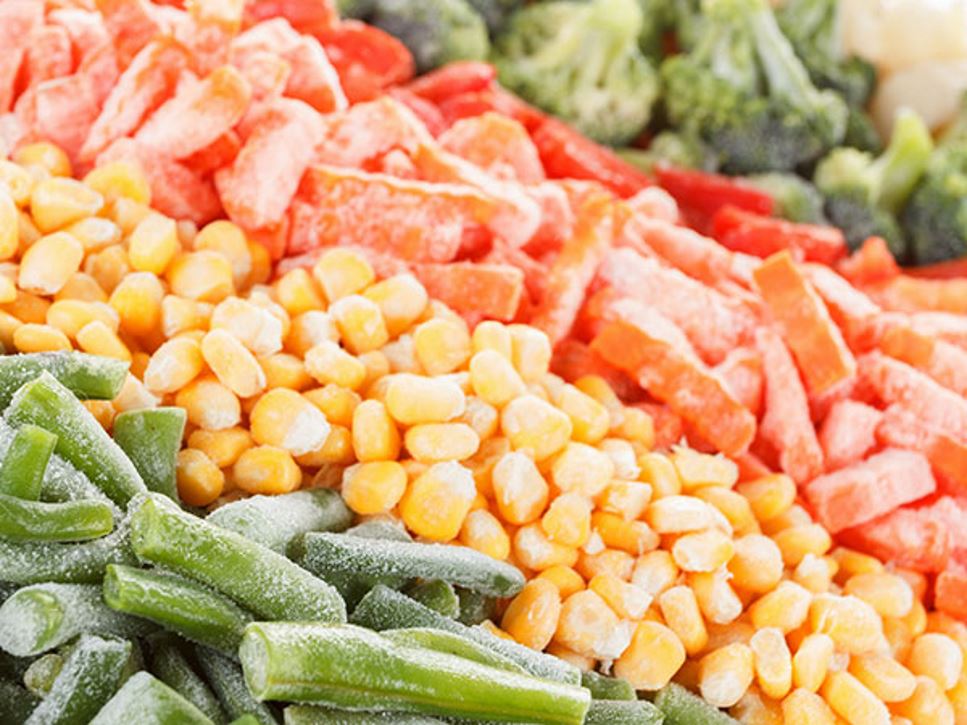Frozen foods are an affordable way get your daily dose of fruits and vegetables. In fact, families who incorporate frozen foods into their normal routine may have better diet quality. With so many choices in the frozen foods aisle, there are plenty of opportunities to find something you like.
Benefits of Frozen
Fruits and vegetables are picked at peak ripeness and often frozen within hours, locking in nutrients and flavor. Generally, frozen foods retain their vitamins and minerals and there is no change to the carbohydrate, protein or fat content. In some cases, frozen foods have more vitamins and minerals compared to fresh because fresh foods lose vitamins and minerals over time while freezing preserves nutrients.
Frozen foods can be a convenient and affordable way to incorporate healthful foods from every food group, including whole grains, fruits, vegetables, protein and dairy. In addition to a time-saving convenience, frozen foods can be a benefit for individuals with limited kitchen space or utensils. Not only can frozen foods be more affordable in price, but they also can aid in reducing food waste.
Choosing Wisely
Not all frozen foods are created equal — many can be high in saturated fat, added sugars and salt. When selecting frozen foods, look at the Nutrition Facts label and ingredients list and avoid those with added sauces.
When selecting frozen meals or convenience foods, compare Nutrition Facts labels to find nutritious choices. Keep in mind that some frozen dinners are considered more than one serving, which means you will need to double or triple the calories and nutrients listed in the Nutrition Facts if you eat the entire package. Choose those that are lower in saturated fat, added sugars, and salt and higher in fiber, vitamin and mineral content.
Keep it Safe
To keep frozen foods safe, follow cooking methods specified on the package. The safest way to thaw frozen foods is in the refrigerator. When thawing meat in the refrigerator, make sure juices do not drip onto other foods. To thaw in a hurry, place the food in a leak-proof plastic bag and submerge it in cold water until thawed, replacing the cold water every half hour and cooking it immediately after thawing. Foods also can be thawed in the microwave and should be cooked immediately after thawing.
Find a Nutrition Expert
Looking for credible nutrition information and recommendations? The Academy of Nutrition and Dietetics' network of credentialed food and nutrition practitioners are ready to help!

